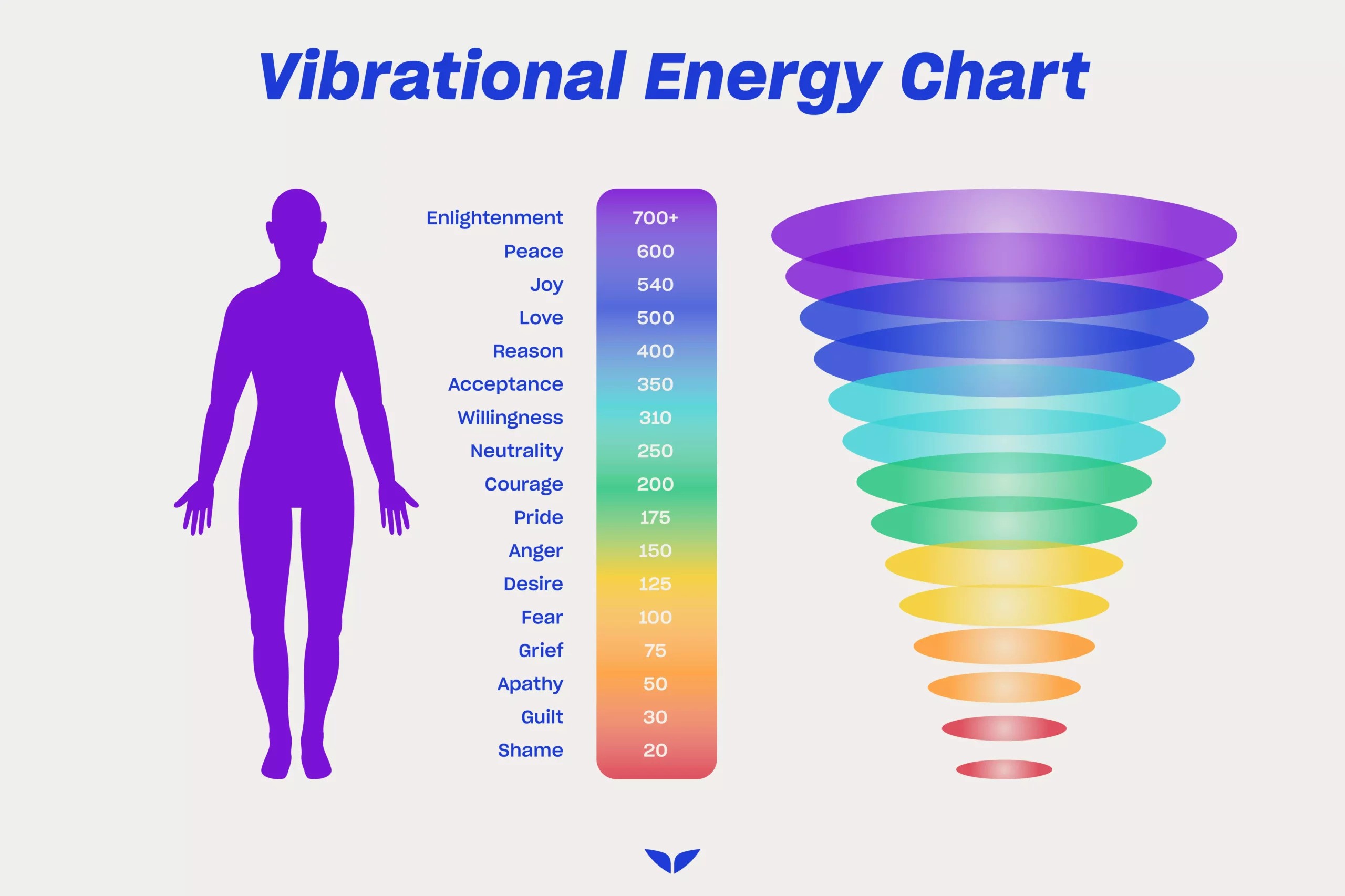How To Do Meditation Breathing – Focused Meditation
Deep breathing is a type of meditation that, according to academics, has been practiced for thousands of years. Meditation has been shown in studies to lower anxiety, improve memory, cure depression symptoms, promote more restful sleep, and even improve heart health.
It's estimated that 95% of our actions are on autopilot. That's because neural networks are at the heart of all of our habits, converting millions of sensory inputs every second into manageable shortcuts that allow us to function in this chaotic world. These automatic brain signals are so effective that they frequently drive us to revert to old habits before we recall what we intended to do instead.
These default processes are the polar opposite of mindfulness. It's executive control, not autopilot, and it allows you to take deliberate acts, volition, and decisions. However, this requires time and practice. The more we use the intentional brain, the more powerful it becomes. Every time we do something new and intentional, we activate our grey matter, which is full of newly sprung neurons that haven't yet been groomed for "autopilot" brain.
How To Do Meditation Breathing

Simply focusing your attention on your breath, inhaling, and exhale, is the most basic form of breathing meditation. You can perform this standing, but it's best if you sit or lie down in a comfortable posture. You can keep your eyes open or closed, but closing them may make it easier to retain your focus. Setting out a certain time for this exercise might be beneficial, but it can also be beneficial to perform it when you're feeling particularly stressed or nervous. Experts feel that practicing breathing meditation on a regular basis will make it simpler to do so under stressful conditions.
Step 1: Find a comfortable, relaxed position. You could be sitting in a chair or on a cushion on the floor. Maintain a straight back, but not too rigidly. Hands are resting wherever they feel most at ease. Place your tongue on the roof of your mouth or wherever you feel most at ease.
Step 2: Pay attention to your body and calm it. Try to pay attention to your body's shape and weight. Allow yourself to relax and become intrigued about your body's sensations, touch, and connection to the floor or chair while seated. Any regions of tightness or tension should be relaxed. Just take a deep breath.
Step 3: Concentrate on your breathing. Feel the natural in-and-out flow of your breath. Nothing needs to be done with your breath. It's not too lengthy or too short; it's exactly right. Take note of where your breath is felt in your body. It could be in your stomach. It could be in your lungs, throat, or nostrils. One breath at a time, try to feel the feelings of breathing. When one breath comes to an end, the next one begins.
Step 4: Be gentle with your wandering thoughts. You may notice that your mind begins to wander as you do this. You can get distracted and start thinking about something else. It is not a concern if this occurs. It's entirely natural. Just be aware that your thoughts have wandered. You might softly say "thinking" or "wandering" in your brain. After that, slowly bring your attention back to your breathing.
Step 5: Spend five to seven minutes here. In stillness, pay attention to your breath. You'll get lost in thinking now and then, but you'll always come back to your breath.
Step 6: Before you leave, make sure you check-in. After a few minutes, notice your body, your entire body, seated here once more. Allow yourself to relax even more thoroughly before thanking yourself for doing this practice today.
Here are more meditative breathing practices to help you gain mental clarity.
1. Kundalini
Breathing in kundalini meditation is focused on moving energy throughout the body using regulated breathing techniques such as diaphragmatic breathing.
How to do: Place one hand on your upper chest and the other on your stomach below your rib cage while sitting or lying down. Slowly inhale through your nose, allowing your stomach to slip out from beneath your hand. Practice keeping your hand as motionless as possible on your chest. Concentrate on taking deep, lungs-filling breaths rather than shallow chest-filling ones. The Cleveland Clinic recommends practicing diaphragmatic breathing for 5 to 10 minutes three or four times a day.
2. Shamatha (Breathing as is)
Shamatha breathing is a practice that focuses on being aware of your breathing in its current state. It's a classic mindful meditation technique known as the reset breath or the breath that returns you to the present moment. Long-term meditation utilizing shamatha techniques was associated with increases in sustained attention and could modify the trajectory of age-related cognitive decline, according to a study published in the Journal of Cognitive Enhancement in March 2018.
How to do: Feel the weight of your body through your seat or feet on the floor, whether you're sitting or standing. Straighten your back and shoulders. Try to carefully concentrate your sight on a point on the ground in front of you. Feel the rise and fall of your belly as you connect to the natural cycle of your breath. Rinzler explains, "Tune in to the breath like a radio transmission, sensing each one as a unique act." “Return to the physical sensation of the breath when your mind wanders, as it will.”
3. Nadi Shodhana and Pranayama
Pranayama, like kundalini, is a sort of meditative practice that involves controlled breathing, focusing on your body, and attaining internal equilibrium. Nadi shodhana, or alternate nostril yoga breathing (ANYB), is a technique for alternating breathing and airflow by breathing through one nostril at a time while manually closing the other nostril.
How to do: Sit comfortably and lay your right hand on your knee while softly closing your left nostril with your left thumb. Slowly inhale via your right nostril, then seal it with with your ring finger. Exhale through the left nostril after a brief pause. Do this 5 to 10 times on each nostril. According to studies, alternating nostril breathing for 15 to 18 minutes is optimum.
The bottom line
According to experts, even 15 minutes of mindfulness practice every day can make a significant difference in your quality of life. Breathing techniques for meditation have been shown to provide a wide range of short- and long-term health advantages, whether you're an expert meditator or just seeking new ways to take a deep breath.



